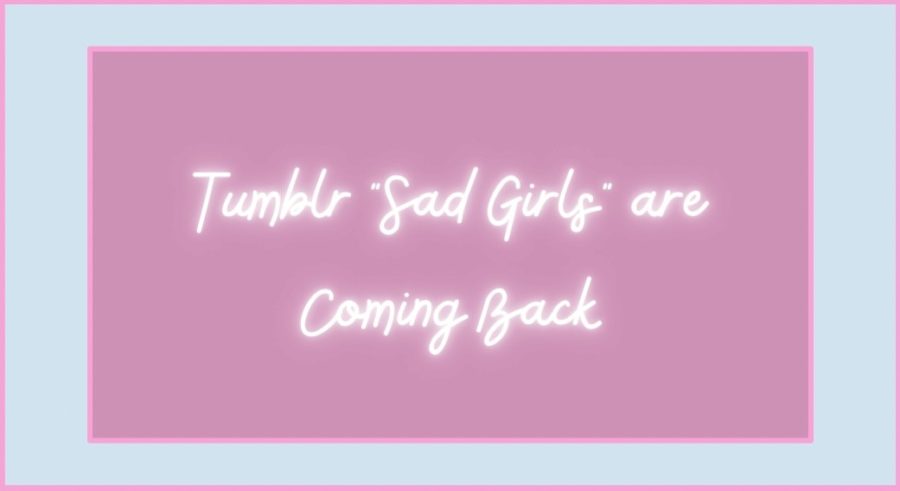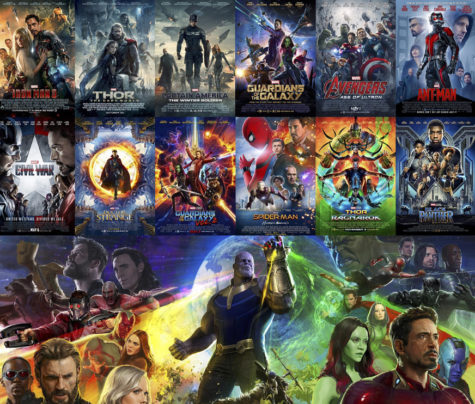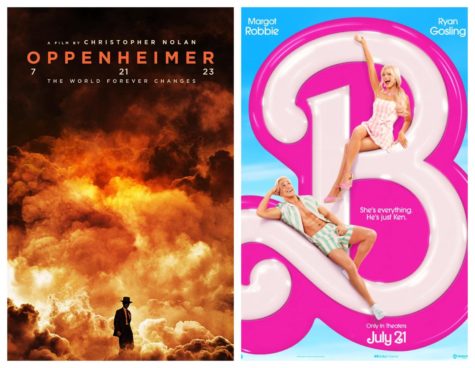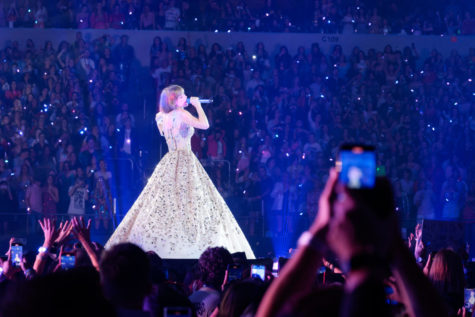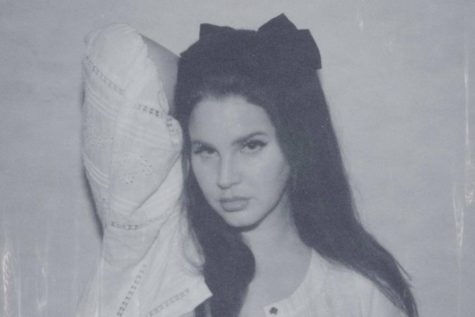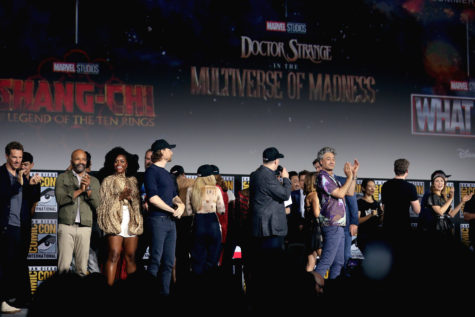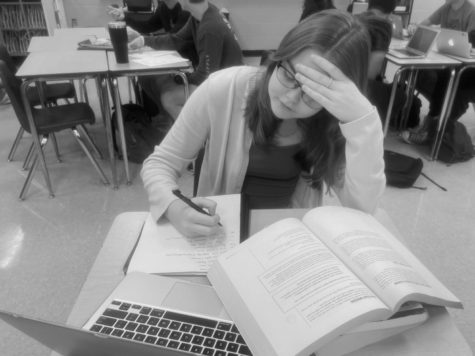How the “Sad Girl” aesthetic is affecting teens
The glorification of depression in teen scenes is making a comeback.
Tumblr’s soft grunge aesthetic, which arose during the early 2010’s, is gaining popularity again.
The unhealthy desire to be mentally ill — to be seen as “tragically beautiful” — regained popularity during the COVID-19 lockdown, and its grip on teen girls has stayed strong to this day. This phenomenon is exceptionally similar to the 2014 Tumblr “sad girl” aesthetic, which seems to be becoming voguish once again.
The revival of the Tumblr “sad girl” aesthetic may seem desirable to some, but the act of classifying mental illnesses as “cool” could have some horrifically dangerous consequences.
According to video essay extraordinaire Mina Le in her Youtube video titled “the tumblr girl is coming back,” the Tumblr “sad girl” aesthetic mainly revolves around a soft grunge style; “openly talking about depression and suicidal thoughts… and idolizing a certain heroin-chic body type.”
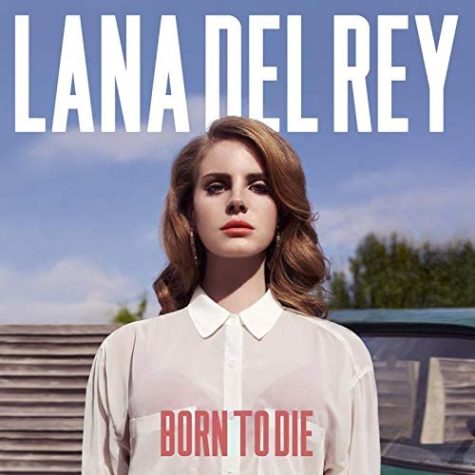
This angsty, brooding style of expression is seen often in the form of music. Artists like Lana Del Rey, The Neighbourhood, Lorde, and Marina and the Diamonds have had their music and aesthetics blow up on social media recently, similar to how they did during the 2014 Tumblr era. These musical talents generally create songs centered around dark, gritty topics, such as drugs, abuse, and depression.
Lana Del Rey’s melancholic indie art pop sound has earned her the title “Queen of Pop” by her fans, with some of her more popular songs titled “Sad Girl” and “Pretty When You Cry.” Many believe that songs like these, promote unhealthy ideas in teens.
“Among the sad girls on Tumblr, sadness and depression become normal rather than abnormal, to be sad and mad is something to strive for, it even becomes cool,” Rutgers University Media Studies’ PhD candidate Fredrika Thelandersson explained in her journal article titled “Social Media Sad Girls and the Normalization of Sad States of Being.”
Themes that resonate with “sad girls” are also often seen in films, TV shows, and various social media platforms. Characters such as Daisy Randone from “Girl, Interrupted,” Effy from “Skins,” and Violet Harmon from “American Horror Story” have had their aesthetics and styles regain popularity recently, mostly through short-form fashion inspiration videos on TikTok. As of Sept. 23, “2014 Tumblr” has 245.9 million views on Tiktok, showing this aesthetic is clearly still thriving and hurting teens in the process.
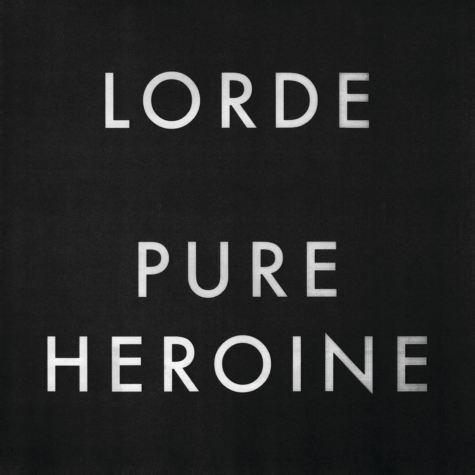
“We’ve romanticized the stuff we want to see,” Wiregrass psychology club co-president Sofia Marasco explained. “That’s what makes it so hard to get help.”
Depression, eating disorders, addiction, and anxiety are all major issues plaguing teens today without the added pressure of these issues being deemed “cool.” Viewing and sharing messages online that depression is a “relatable” quirk rather than a harmful and curable illness can be damaging to impressionable teens. The Tumblr “sad girl” aesthetic is all about finding femininity in sickness, but true beauty is in personal uniqueness.
Your donation will support the student journalists of Wiregrass Ranch High School. Your contribution will allow us to purchase equipment and cover our annual website hosting costs.
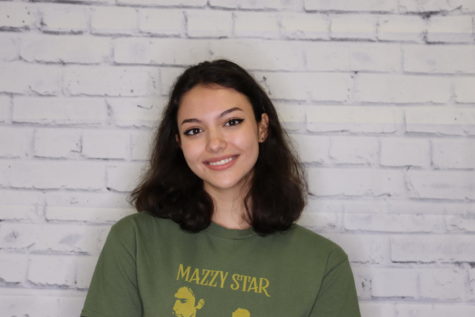
Lauren is a senior at Wiregrass Ranch and this is her second year writing for The Stampede. She is a member of the CNA program, movie club, and is a vice...

